Announcer:
The following program is a PBS Wisconsin original production.
Frederica Freyberg:
The Omicron spike is on a sharp decline. But now, its subvariant is the newest threat. Violence in Milwaukee continues to reach record levels, being further fueled by the pandemic. The litigation of the 2020 election continues. And how will families fare now that the expanded child tax credit has ended?
I’m Frederica Freyberg. Tonight on “Here & Now,” the rapid retreat of Omicron’s initial impact is giving some a breath of relief. We speak with a genome scientist about the threat of future variants, and how do you prevent historic levels of violence? One Milwaukee office says it’s a public health crisis. And with the onslaught of subpoenas, court cases and investigations, we survey the latest in election action. It’s “Here & Now” for February 4.
Announcer:
Funding for “Here & Now” is provided by the Focus Fund for Journalism and Friends of PBS Wisconsin.
Frederica Freyberg:
The extreme spike in COVID-19 cases is now declining as quickly as it advanced. At its peak, the seven-day average hit nearly 19,000 new daily cases in mid-January. Now that number is under 5,000, but all 72 counties are still considered “critically high.” The number of hospitalizations and deaths due to COVID-19 are also falling, and this week, health officials reported the lowest number of COVID ICU patients in nearly three months. But is relief here to stay? During a Department of Health Services media briefing, State Epidemiologist Dr. Ryan Westergaard spoke to the potential variants ahead as the pandemic could turn endemic.
Ryan Westergaard:
Our expectation, our hope is that we see more of the same, which is a declining day by day, week by week from this really extraordinarily high peak that we saw from Omicron. Whether the new variation, if it takes hold, will cause that decline to occur more slowly is something that’s been theorized, but we won’t know until we observe it. And I think both of these variants will continue to spread in the community until there are no susceptible people left, and right now there are still some people who are unvaccinated or have been far enough away from their vaccine that they are susceptible, and people who have been previously infected have some protection but that of course wanes over time as well. So the phrase endemic as you say, meaning that we’ve sort of reached a steady state of transmission, I think that’s likely to happen during this next year, but the thing we can’t predict, although many people are reasonably — think it’s a reasonably likely expectation is that there will be additional variants in the future that will change from a steady state to a spike that we’ve seen before.
Frederica Freyberg:
The Omicron subvariant now identified in Wisconsin only differs by a few mutations, but a Danish study is calling it 1 1/2 times more contagious. How concerning is this, and how does sequencing these COVID variants inform response to the virus? We turn to Kelsey Florek, a genome scientist with Wisconsin State Laboratory of Hygiene. Thanks very much for joining us.
Kelsey Florek:
Thank you for having me.
Frederica Freyberg:
Was the State Lab of Hygiene involved in identifying this new subvariant?
Kelsey Florek:
Yes, so the State Lab of Hygiene is actively sequencing upwards of 500 samples a week, and our effort has been really focused on trying to better understand the variants that are out there in Wisconsin and also looking for the new variants as they emerge.
Frederica Freyberg:
So when you see such a variant, and I say this because it’s probably not done this way anymore, but when you see a variant under your microscope, what is your reaction?
Kelsey Florek:
So we actually don’t use microscopes. It’s a largely molecular technique so it involves taking the virus, breaking it into a bunch of smaller pieces and then finding the genetic code of each one of those pieces. And what really is involved with that is — really it’s a data analytics process of gathering all of that information, comparing it to what we’ve seen before, and trying to classify those viruses using that information.
Frederica Freyberg:
So do you ever know how a particular variant will behave?
Kelsey Florek:
It’s really hard to predict. The COVID virus is still relatively new. It’s only been around for obviously a few years here, and we’ve been really trying to better understand what some of these mutations could mean as far as what types of effects these mutations could have downstream. We’re getting closer and closer being able to identify certain markers we need to be concerned about but there’s still a lot of science that needs to be done to better understand these markers and going forward, know what these mutations might have in store for us.
Frederica Freyberg:
Like when Omicron burst into the population, was that anticipated because of how it behaved elsewhere?
Kelsey Florek:
It was not actually. So we were lucky in the fact that we saw how it happened in other parts of the globe, before it came to the U.S., so we had some idea what to expect. But largely that virus came on to the scene and looked very different compared to a lot of previous variants we’ve seen. So it was a real challenge to understand early on what that virus was capable of doing.
Frederica Freyberg:
You say when you do this work, you’re looking for these markers that will suggest what these variants will do. What have you seen so far that the population should know about in terms of markers in all these variants that you are sequencing?
Kelsey Florek:
So the best piece I can share with that is that a lot of what we’re seeing is pretty standard throughout the U.S. We don’t see a lot of things here in Wisconsin that are very unique to Wisconsin. What we’re seeing is largely in line with what has been seen in other states and other counties. So it’s more of just getting a grasp on what we’re seeing and using that information to both guide our public health actions as well as guide the usage of different therapies that we know may or may not be effective given certain variants.
Frederica Freyberg:
Given the twists and turns of COVID-19, is it your expectation that it will ever become just a part of life for which we take shots, like the flu, or is it different?
Kelsey Florek:
I really hope that when we get to a phase where it’s treated very similar to the flu, where we maybe have a booster every now and then to make sure that we have accurate protection against whatever could emerge, but again, this virus is still very new and we’re still — it keeps throwing us through twists and turns as this pandemic continues on.
Frederica Freyberg:
So how concerned should we be that this latest, I think it’s the latest, Omicron subvariant is reported to be even more contagious than the original, back to that Danish study saying it was one and a half times more contagious?
Kelsey Florek:
Yes, so it has been reported to be more transmissible, but what we’ve seen so far at least with the evidence is that there seems to be some cross reaction happening between the two viruses, so even though it’s more contagious, it seems like it’s still largely very similar to the Omicron variant we just recently saw the peak of in terms of virulence and our cause for concern.
Frederica Freyberg:
So it’s been isolated in Wisconsin, even if it’s more contagious, would people who were vaccinated or boosted or had already had COVID-19 be protected from that?
Kelsey Florek:
So the vaccine does provide a level of protection against severe cases of hospitalization and treatment, but I think in terms of exposure, there’s still a risk that we could have some breakthrough infections of people who had been previously exposed or previously vaccinated could still get this new variant.
Frederica Freyberg:
All right, well, we want to thank you for all the work you’re doing there to help us understand COVID-19. Kelsey Florek, thanks a lot.
Kelsey Florek:
Thanks for having me.
Frederica Freyberg:
While Omicron was sweeping through the state, available testing lagged. This vacuum was filled by pop-up testing sites quickly opened by private companies. In particular, testing sites under the banner “Center for COVID Control,” an Illinois company, aroused suspicion and complaints from people looking for rapid tests in cities across the state. Madison had six such sites which have all now closed down. The Department of Health Services’ Office of Inspector General says the pop-up sites can lead to potential scams, poor quality, or the compromise of personal information. The Wisconsin DHS says trusted testing sites are listed on its COVID-19 community testing sites webpage.
In other news and in a quote ripped from national headlines, “Milwaukee is in the grip of the worst violence in its modern history,” wrote the “LA Times.” Violent crime is on the rise across the country. In Milwaukee, after a mass shooting that killed six people last month, the medical examiner there says the city is on pace to see 300 homicides this year, after a record 197 homicides last year. The Milwaukee Health Department has an Office of Violence Prevention, and in particular, one man serves as the community injury and violence prevention manager for that office. Jamaal Smith joins us now. And thanks very much for being here.
Jamaal Smith:
Thank you for having me.
Frederica Freyberg:
So from our comfortable perch here in a studio in Madison, put us in the head of people living in the midst and even perpetrating this violence, why is it escalating at such alarming rates?
Jamaal Smith:
Yes, great question. I think people are not weighing, really, the impact of the pandemic, and how that has physically, mentally, psychologically affected our communities. Prior to the pandemic, Milwaukee was on a four-year historic decline, with even 2018 and 2019 seeing less than 100 homicides. And then now once the COVID pandemic hit, we suddenly saw this astronomical rise in violence. And we saw a number of guns that were in our communities. We saw people who are feeling pain from the pandemic in possession of a weapon that inflicts pain on others, as well as themselves. So when we really look at the impact of violence that’s happening within the city of Milwaukee, it’s really just a reflection of the amount of pain, the anguish, the frustration and anger that exists from the emotional toil of the COVID pandemic as well as a lot of generational and current trauma that many people have experienced. And it’s just been exacerbated throughout this pandemic. So that’s why we’ve unfortunately seen this historic rise within the city of Milwaukee.
Frederica Freyberg:
You speak to trauma as a root cause, and trauma is born of so many factors culminating together: poverty that pervades everything from health to housing to education. How can the health department be everything for everyone? How can you fix violence?
Jamaal Smith:
That’s something that we don’t even approach it as us doing it as an individual entity. We may be the Office of Violence Prevention, but every person in the city of Milwaukee is a part of violence prevention efforts. Whether that’s business executives, MPD or sheriff’s department, resident organizations, community-based organizations, grassroots, policy makers. We are all a part of the violence prevention efforts. That’s why our mission is about bringing together or establishing partnerships with families, communities, youth, and others to really focus on the ways to prevent violence within our communities, right? So it has to be an all hands on deck approach. It’s all encompassing. It’s multi-disciplinary. Everybody is at the table when it comes to violence prevention.
Frederica Freyberg:
Meanwhile we talked earlier in our program about how everything is politicized, including violent crime. Republicans saying Democrats are weak on crime and want to defund police. Democrats saying there should be police reform and that Republicans are weak on social justice. Is there a way to come together on the issue of violent crime?
Jamaal Smith:
There’s a couple ways you could take that. I think the first way is realizing that the United States is 4% of the world’s population yet we make up 25% of the world’s prison population. So we don’t have an issue in terms of incarceration. So there has to be another discussion in terms of how we invest in improving the lives of others, which then helps to also prevent crime from happening. That’s one. But then the other aspect of that is there has to be a collaborative approach to the way we address this. So many times we always focus on who’s right and who’s wrong, versus how do we work together with the aspect of talking about prevention. We need everybody at the table. We need Republicans. We need Democrats. We need police. We need community-based organizations. Everybody has to be at the table to have a discussion about the ways that we do prevention efforts. It cannot be just a one-off or one entity that’s working towards prevention.
Frederica Freyberg:
What is it like for someone like yourself who’s dedicating your life to violence prevention to see the surge in violence in your city and elsewhere?
Jamaal Smith:
It’s maddening. It’s frustrating. And it’s hurtful because not only as someone who works in the office of violence prevention, but as a husband and a father, that concerns me as well in terms of the protection of my wife and my son, in addition to my family members as well as other people in the community. So it’s really understanding the fact that there’s so much pain that’s existing in our city. I think that’s why, to your previous question, having arguments and focusing on this from a political aspect, this is not what we need right now. We really need to create those spaces or focus on developing an ecosystem of collaboration that helps address prevention from a public health lens. And we want to see better in the city. Everybody in the city wants to see better in this city. If that’s the case and we are all concerned about the health and the safety and the sanctity of the city of Milwaukee, then all of us are responsible to see that that happens.
Frederica Freyberg:
We look forward to those forces coming together, and helping people like you and the people of the city and the people of the state of Wisconsin get some resolution to this. Jamaal Smith, thanks very much and thanks for your work.
Jamaal Smith:
Absolutely. Thank you for having me.
Frederica Freyberg:
Everything these days is politicized, but nothing more than the 2020 election. Audits, investigations, subpoenas and court cases. And that’s just in Wisconsin. With the number of headlines that come out daily, it can be difficult to keep up. Marisa Wojcik takes us through it.
Marisa Wojcik:
Of the myriad election-related news, here are some updates on some of the main areas. When it comes to election grant funding, Wisconsin Republicans this week moved forward with a constitutional amendment to ban grant funding that would help municipalities to run elections. This is after the state’s five largest and Democratic cities received millions more from a private donation than the smaller municipalities did to help administer the 2020 election in the midst of a pandemic. In the way of false electors, the congressional committee investigating the January 6 attack on the U.S. Capitol has subpoenaed two Wisconsin Republicans for their “role and participation in the purported slate of electors casting votes for Donald Trump.” Andrew Hitt, the chairman of the Republican Party of Wisconsin, and Kelly Ruh, chairwoman of the state’s eighth congressional district GOP, were part of the ten Republican electors who drew up false paperwork, casting the state’s electoral ballots for Trump. In a statement, Hitt said he would voluntarily comply with this committee. On the issue of drop boxes, after a tie vote, the Wisconsin Elections Commission has left in place guidance over absentee ballot drop boxes. However, the state Supreme Court will consider whether drop boxes are legal, but not until after the February 15th election. The high court had weighed into the matter after a Waukesha county judge barred the use of drop boxes, and then an appeals court suspended that Waukesha order. What with the upcoming election for Milwaukee mayor and other local offices across the state. As for missing absentee ballot information, another product of the massive increase in absentee ballot use in the 2020 election led to people incorrectly filling out personal information on the ballot’s envelope, typically missing a portion of that person’s address, leading clerks to fill in some of it using registration information or Google maps to find a missing zip code. On Monday the commission voted 4-2 to keep this practice in place. As for the special council’s election investigation, former Supreme Court justice Michael Gableman continues to be scrutinized for his investigation into the 2020 election. The Republican assembly speaker authorized the probe at taxpayer expense. Gableman’s onslaught of subpoenas includes the mayors of Wisconsin’s five largest cities, two companies that manufacture ballot-counting machines, Wisconsin Election Commission Administrator Meagan Wolfe, immigrant advocacy group Voces de La Frontera, Governor Tony Evers’ administration, and a number of other local government officials. State Attorney General Josh Kaul filed suit, saying Gableman is exceeding his authority by demanding private depositions for his overly broad document demands. And finally, in response to recommendations from the Legislative Audit Bureau that a number of issues need addressing to shore up Wisconsin election laws, State Senator Kathy Bernier has introduced legislation to address some items, such as special voting deputies, and indefinitely confined voters.
Frederica Freyberg:
In a related matter, the Wisconsin Supreme Court today ruled it will not take up a lawsuit from Republican candidate for governor Rebecca Kleefisch. Kleefisch was challenging guidance from the Elections Commission on absentee ballot procedures relating to drop boxes and other issues. Justice Brian Hagedorn joined the three liberal justices in the decision. As we’ve reported, a separate case on ballot drop boxes is before the high court. In Washington, with some members balking at the price tag, the U.S. Senate has not taken action on the $2 trillion spending bill passed in the U.S. House called the Build Back Better Act proposed by President Joe Biden. In that bill, the continuation of the enhanced child tax credit given to families over the last half of 2021. That credit provided up to $3,600 annually for younger children and $3,000 for older children in a family. In Wisconsin, more than a million children were recipients of the improved tax credit. As an analyst at the Wisconsin Budget Project, Tamarine Cornelius studied what they spent it on. She joins us now. Thanks very much for being here.
Tamarine Cornelius:
Thank you for having me.
Frederica Freyberg:
You looked at households with incomes under $35,000. How was the money from the tax credit mostly used?
Tamarine Cornelius:
So this is research that’s out there in terms of how families of low incomes are spending their tax credit. And some senators or at least one senator has expressed concern that families might not be making wise decisions with how that money is spent, and there’s two, I think, responses to that. One is that families know best what they need to support themselves and how to spend their budgets and to suggest otherwise I think is just incredibly out of touch with the decisions that parents make every day in tradeoffs for the well-being of their families. And then the second part is that we know how families spend their money from the tax credit, and the top three things that they spend their money on, number one is food. So groceries. Number two is utilities. You know, literally keeping the lights on or heat on, and number three is rent, which is keeping a roof over their family’s head. So what we see is that a lot of these tax credit payments went to support very basic needs to strengthen families.
Frederica Freyberg:
So meanwhile, right now, though, rising prices are cutting even further into families’ budgets. How big of a burden is this for lower income families right now?
Tamarine Cornelius:
So when families struggle to make ends meet, that is stressful for parents and for kids, and there was just a piece in the news recently about how there was a study where they had poor mothers and they gave the mothers a cash stipend for the first year of the kids’ lives, and measured the brain development of the kids and saw there was improved brain development from giving them some support. And so what we see is that poverty, whether that’s from low wages or other things, has stress for kids and parents that can affect their health, that can affect their academic achievement and can just have effects the whole rest of their lives, and if we can make initial investments now, that can pay off for everybody in the long term.
Frederica Freyberg:
So national studies have shown that some 3.7 million children were lifted out of poverty in December, an estimated decline in poverty of nearly 30%, because of these child tax credits. How meaningful is that?
Tamarine Cornelius:
So in Wisconsin, that translates to lifting about 45,000 kids out of poverty, so that’s enough to fit every — fill every seat in American Family Field with a little left over. That’s not having — when we lift those kids out of poverty, that’s having an effect right now but it’s really having an effect for the rest of their lives. And it especially important for kids of color, because their families — because of historic and current discrimination in the labor market and in healthcare system and education systems often have lower wages and are more likely to live in poverty so it affects those kids — has an especially intense effect on those kids.
Frederica Freyberg:
So if families and children need this kind of infusion to rise above the poverty line, I would expect that many people would like these kinds of child tax credits to become permanent.
Tamarine Cornelius:
Right, and the Build Back Better continued some of the improvements and made permanent some of the improvements. The most — there’s kind of three improvements that Build Back Better was going to make. One was — or that we had in the American Rescue Plan last year, and that we’re going to be continued. One was that we got the monthly payments, instead of all in a lump sum, so that meant parents could use it to pay monthly expenses like you’ve got to fill up the gas in your car all the time, not just once at the end of the year with your tax return, right? The second was the increased credit amounts which you talked about, and then the third, which had the biggest bang for the buck in terms of poverty reduction is that it removed a provision that prohibited parents with the lowest incomes from getting the full credit amount. So that improvement meant that about — that the parents of about 350,000 kids in Wisconsin got the full credit whereas before they didn’t. So as we think about what versions of the child tax credit we might make permanent, what we can extend for a little bit and what’s most important, that part is the most important in lifting kids out of poverty.
Frederica Freyberg:
All right. Well, thank you very much for your information. Tamarine Cornelius, appreciate it.
Tamarine Cornelius:
Thank you.
Frederica Freyberg:
For more Wisconsin news and the latest on COVID-19, visit our website at PBSwisconsin.org, and then click on the news tab.
That is our program for tonight. I’m Frederica Freyberg. Have a good weekend.
Announcer:
Funding for “Here & Now” is provided by the Focus Fund for Journalism and Friends of PBS Wisconsin.
Search Episodes
News Stories from PBS Wisconsin
10/31/25
Evers signs bill that would allow certain candidates to remove their names from ballots in Wisconsin

Donate to sign up. Activate and sign in to Passport. It's that easy to help PBS Wisconsin serve your community through media that educates, inspires, and entertains.
Make your membership gift today
Only for new users: Activate Passport using your code or email address
Already a member?
Look up my account
Need some help? Go to FAQ or visit PBS Passport Help
Need help accessing PBS Wisconsin anywhere?

Online Access | Platform & Device Access | Cable or Satellite Access | Over-The-Air Access
Visit Access Guide
Need help accessing PBS Wisconsin anywhere?

Visit Our
Live TV Access Guide
Online AccessPlatform & Device Access
Cable or Satellite Access
Over-The-Air Access
Visit Access Guide
 Passport
Passport


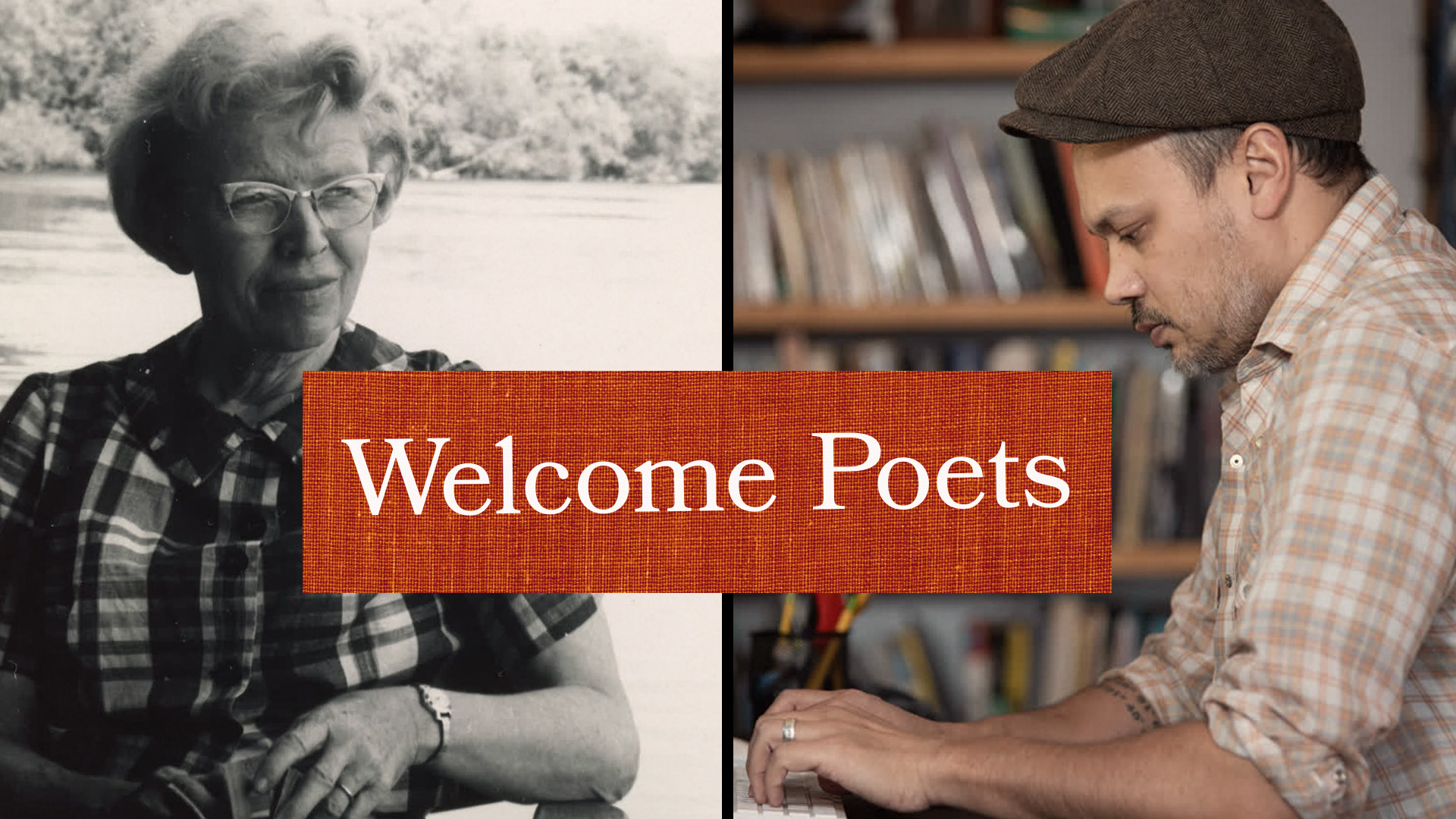


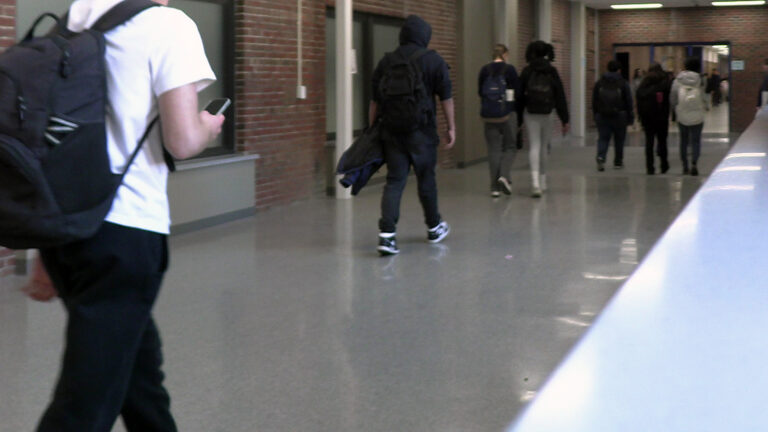
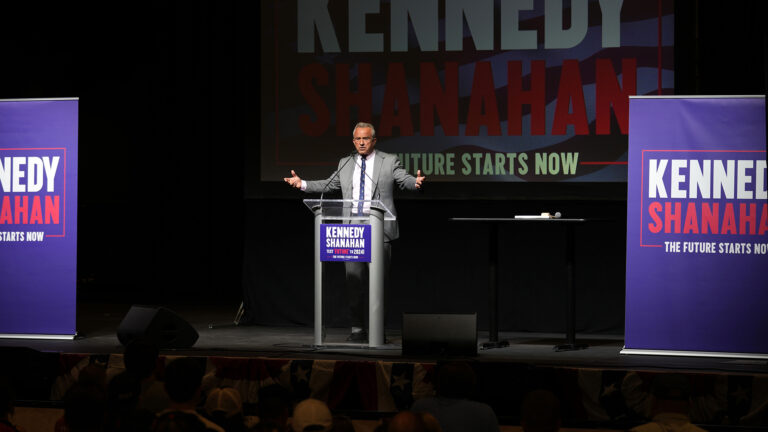
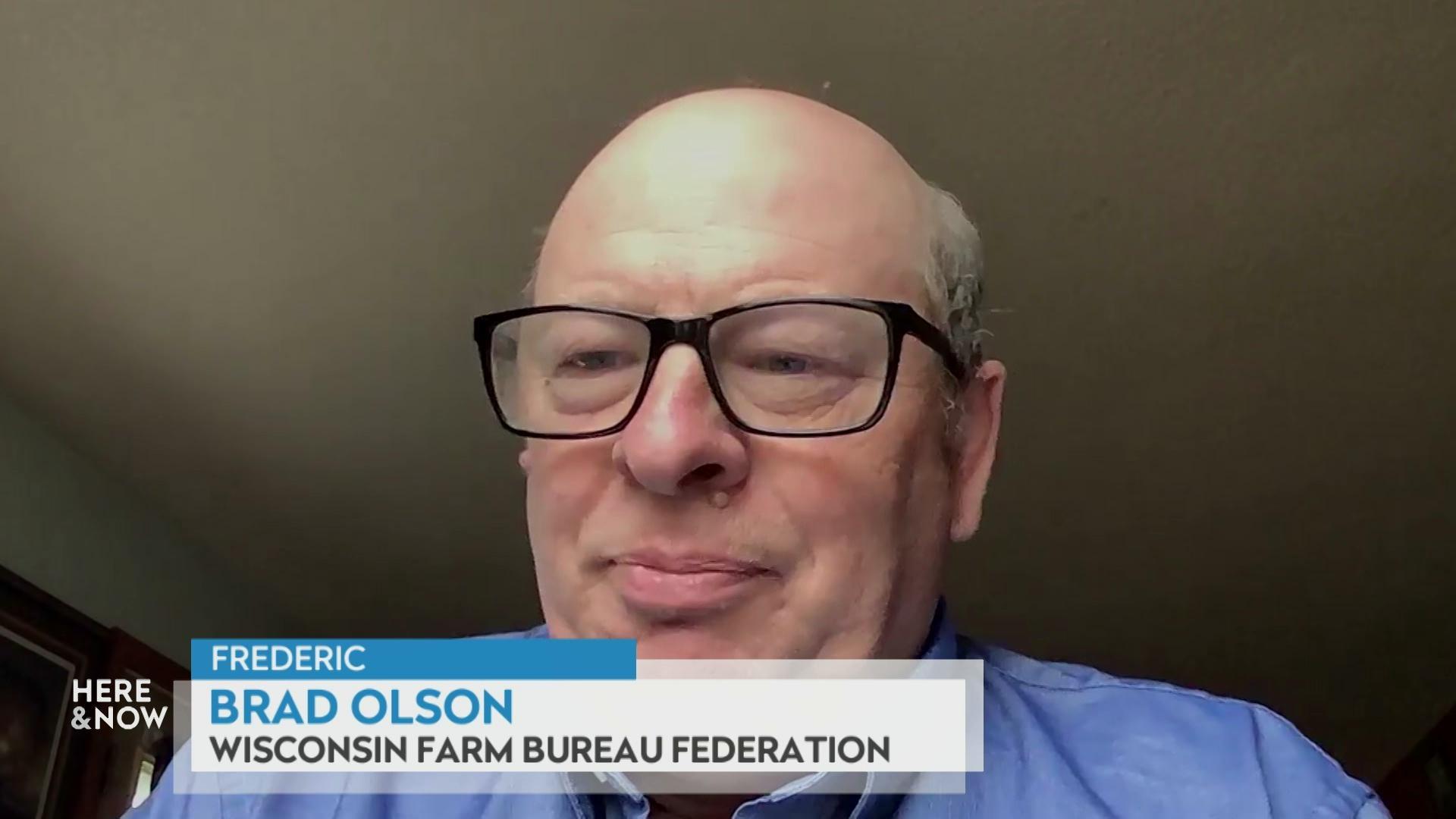
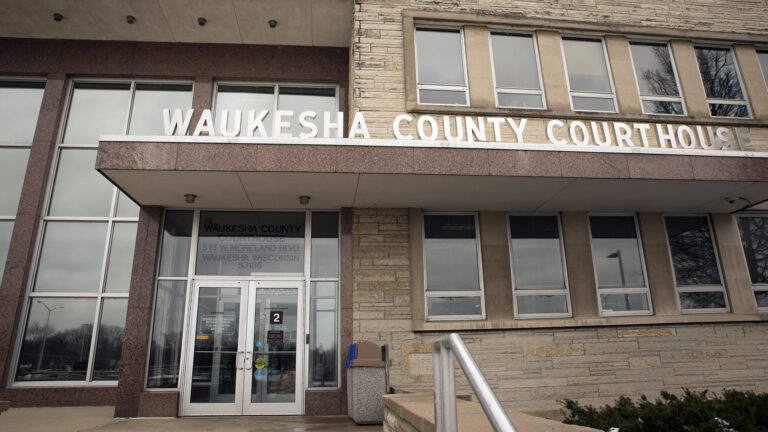
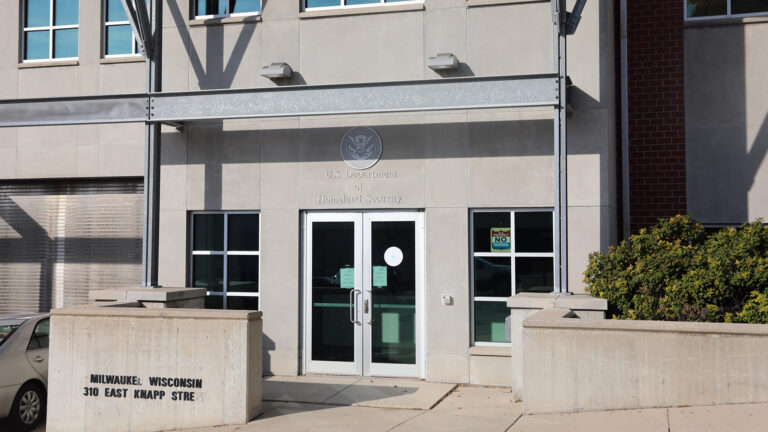


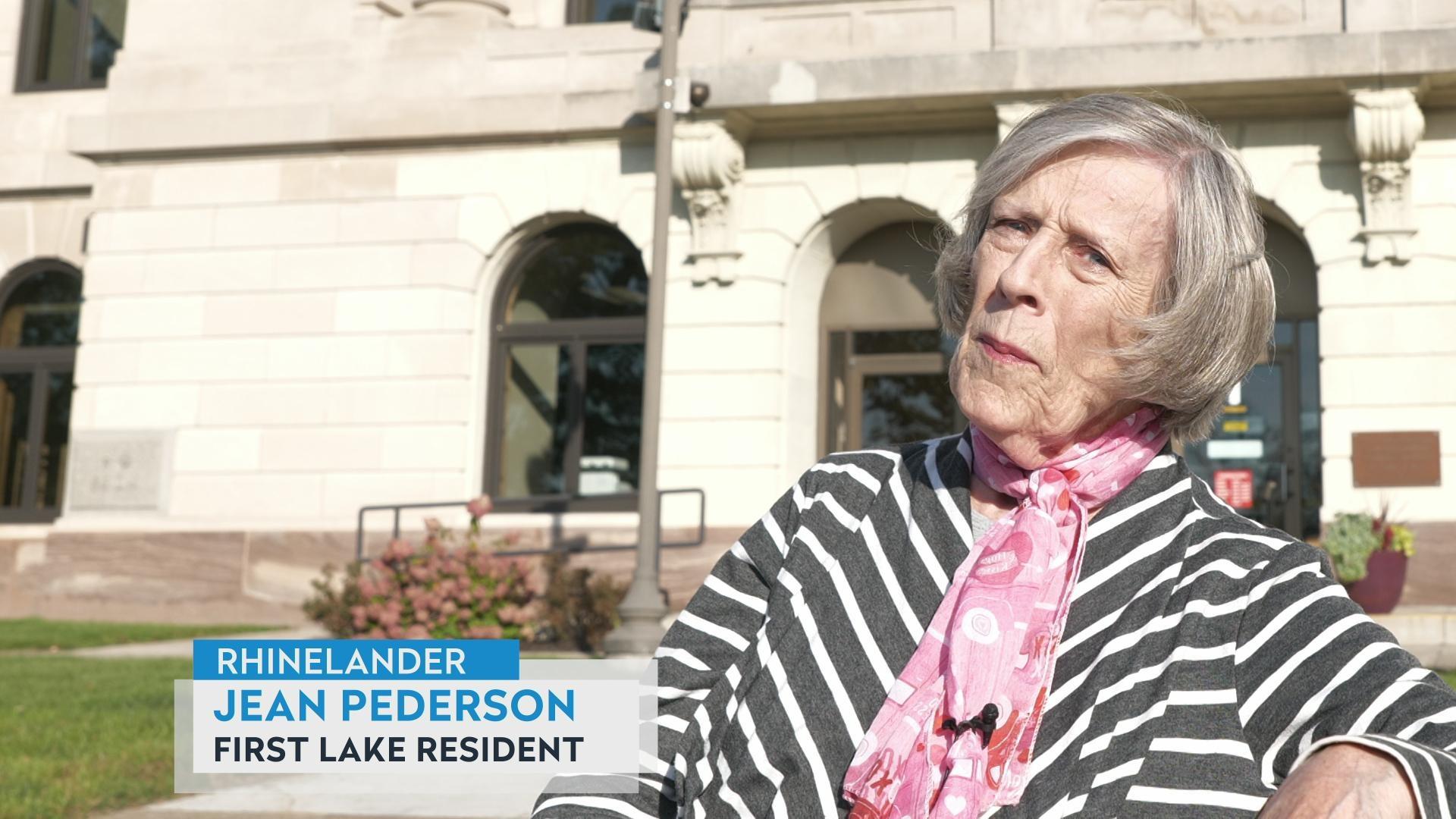



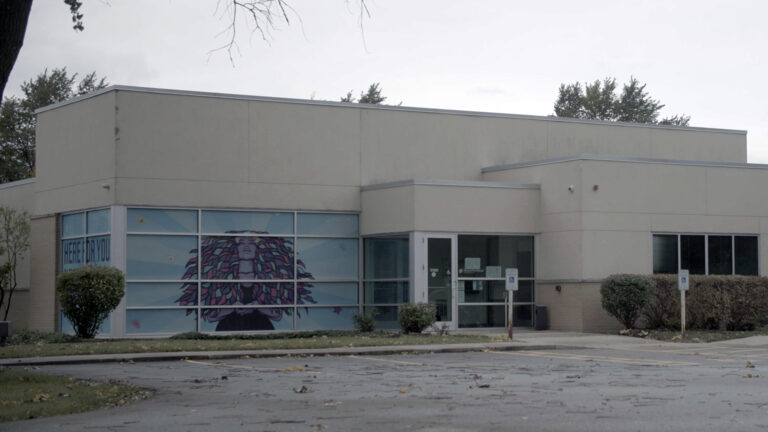

Follow Us